Blog
Jewellok is a professional pressure regulator and valve manufacturer and supplier.
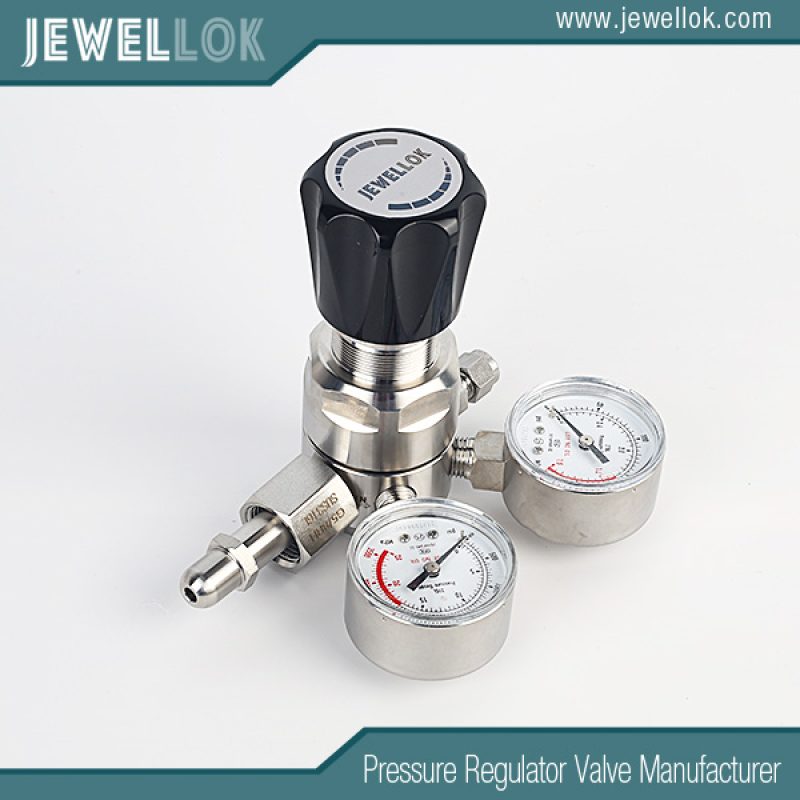
What Are the Differences In Performance Parameters Between 1/2-Inch Gas Regulators Used In Residential and Commercial Settings?
- Pressure Regulator Valve Manufacturer
- 1/2-inch gas regulators, 1/2-inch gas regulators manufacturer, 1/2-inch gas regulators supplier, 316L Stainless Steel Gas Pressure Regulators, adjustable propane pressure regulator, Argon Gas Regulators, argon hose connector, automatic switching valve, BA Grade High Purity Gas Pressure Regulators, best high purity gas pressure regulators manufacturer, best high-pressure gas regulators for industrial use, Best specialty gas regulators, Best specialty gas regulators manufacturer in india, best top 10 specialty gas regulators suppliers, Calibration gas regulators, Corrosion-resistant gas regulators, Dual stage ultra high purity gas regulators, Dual stage ultra high purity gas regulators Korea, Electronic gas pressure regulators, Environmental monitoring gas regulators, gas pipeline valve, gas pressure regulators, gas pressure regulators market, gas regulators, Gas regulators for aerospace, Gas regulators for analytical chemistry, Gas regulators for food industry, Gas regulators for mass spectrometry, Gas regulators for pharmaceutical applications, Gas Regulators for Semiconductor Manufacturing, Gas Regulators Manufacturers in Bengaluru, Gas Regulators Manufacturers in India, gases used in semiconductor manufacturing, high flow uhp gas pressure regulators, high purity gas pressure regulators, high purity gas pressure regulators thailand, high purity valves, High-Flow Manual Gas Pressure Regulators, High-quality gas pressure regulators, laboratory gas valves, Low pressure gas pressure regulators, low pressure gas regulator, pressure regulator valve leaking, regulator valve alibaba international market, relief valve safety valve difference, timed water valve
- No Comments
What Are the Differences In Performance Parameters Between 1/2-Inch Gas Regulators Used In Residential and Commercial Settings?
Gas regulators are indispensable components in natural gas and propane systems, ensuring that high-pressure gas from supply sources is reduced to safe, usable levels for appliances. Specifically, 1/2-inch gas regulators—referring to the pipe size connection—are commonly employed in both residential and commercial settings due to their versatility in handling moderate flow rates. These devices maintain consistent downstream pressure, preventing fluctuations that could damage equipment or pose safety risks. In residential applications, such as homes with stoves and water heaters, regulators prioritize safety and simplicity, while commercial setups, like restaurants or small industrial operations, demand higher capacity and precision to support multiple high-demand appliances.
This article explores the typical differences in key performance parameters between 1/2-inch gas regulators used in residential versus commercial scenarios. We will focus on pressure regulation accuracy—how well the regulator maintains setpoint pressure under varying loads—and shut-off pressure, often referred to as lock-up pressure, which is the point at which the regulator seals off flow when demand ceases. Additional parameters like flow capacity, droop (pressure drop under load), and overpressure protection will also be discussed to provide a comprehensive view. Furthermore, we will outline a step-by-step guide to selecting a suitable model based on the needs of downstream equipment, such as gas stoves and water heaters, emphasizing factors like BTU requirements, inlet pressure variations, and compliance with standards. Understanding these aspects is crucial, as improper selection can lead to inefficiencies, leaks, or even explosions, with gas-related incidents costing billions annually in damages.
By drawing on industry standards and practical insights, this piece aims to equip homeowners, technicians, and facility managers with the knowledge to make informed decisions. Whether dealing with natural gas or propane, the right regulator ensures optimal performance and safety.
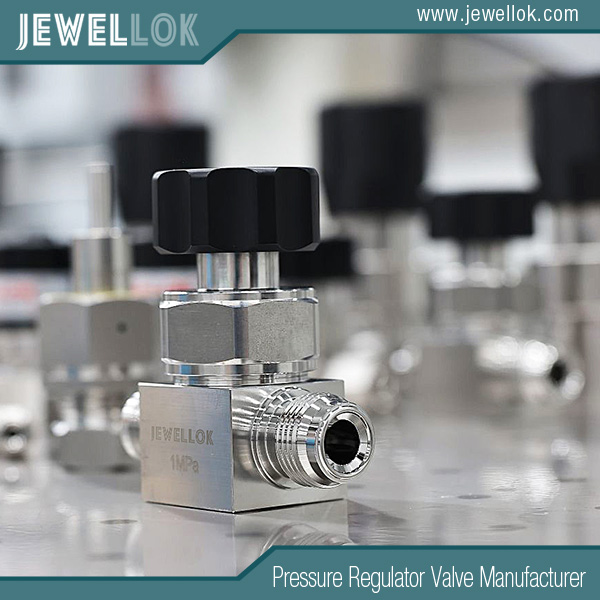
Understanding 1/2-Inch Gas Regulators: Basics and Types
A 1/2-inch gas regulator typically features an inlet and outlet sized at 1/2-inch NPT (National Pipe Thread), making it suitable for lines carrying up to around 250,000 BTU/hour, depending on the gas type and pressure. These regulators operate on a direct-operated principle, where a diaphragm senses downstream pressure, a spring provides the setpoint force, and a valve (often conical) modulates flow. The core function is to reduce inlet pressures—ranging from 2 psi in low-pressure systems to over 100 psi in high-pressure propane setups—to a stable outlet pressure, usually 7-11 inches water column (WC) for natural gas or 11 inches WC for propane.
There are two main categories: line pressure regulators and appliance regulators. Line regulators handle broader system pressures, often upstream of meters, while appliance regulators fine-tune pressure at the point of use. Standards differ: appliance regulators comply with ANSI Z21.18/CSA 6.3, focusing on low-pressure accuracy, whereas line regulators follow ANSI Z21.80/CSA 6.22 for higher capacities. In residential scenarios, single-stage regulators suffice for simple setups, but commercial applications may use two-stage systems for better stability.
Materials also vary: residential models often use die-cast aluminum for cost-effectiveness, while commercial ones incorporate brass or stainless steel for durability in harsher environments. Venting mechanisms—integral for relieving excess pressure—are standard, but commercial regulators may include overpressure shut-off (OPSO) devices for added safety.
Key Performance Parameters in Gas Regulators
Performance parameters define a regulator’s reliability. Pressure regulation accuracy refers to how closely the outlet pressure adheres to the setpoint across flow variations, often measured as a percentage (e.g., ±5%). Droop, or the pressure decrease as flow increases, is a key metric; lower droop indicates higher accuracy.
Shut-off pressure, commonly known as lock-up pressure, is the slight pressure rise above setpoint when flow stops, ensuring a tight seal without leakage. Ideal lock-up is 100-125% of setpoint; exceeding this can indicate wear or improper sizing.
Other parameters include capacity (maximum flow rate), inlet pressure range, and response time to load changes. For 1/2-inch models, capacity might range from 100,000-400,000 BTU/hour, influenced by orifice size. Overpressure protection, like automatic shut-off at 2-3 times setpoint, is more common in commercial units.
Differences in Performance Parameters: Residential vs. Commercial
Residential and commercial 1/2-inch gas regulators differ significantly due to varying demands. Residential systems, serving homes with intermittent use (e.g., a single stove or heater), operate at low pressures—typically 0.25-0.5 psi outlet—and prioritize simplicity and safety. Commercial setups, such as cafes or offices, handle continuous, higher loads, requiring regulators for medium pressures (up to 5 psi) and greater resilience.
- Pressure Regulation Accuracy
In residential regulators, accuracy is typically ±10-20% of setpoint, sufficient for low-flow appliances where droop might be 1-2 inches WC over full range. This is acceptable as residential loads are predictable and low (e.g., 50,000-150,000 BTU/hour for a home). Variations in inlet pressure (often stable from utility mains) minimally affect performance, but direct-operated designs can show more droop under sudden demands.
Commercial regulators offer tighter accuracy, often ±5-10%, with minimal droop (0.5-1 inch WC) due to larger diaphragms and balanced valve designs. They handle inlet fluctuations better, as commercial systems may see pressures from 10-60 psi, requiring robust compensation. For instance, in a restaurant with multiple fryers, accuracy prevents flame instability, which could affect cooking quality. Two-stage commercial models further enhance accuracy by stepwise reduction, reducing overall droop by 50% compared to single-stage residential ones.
- Shut-Off Pressure (Lock-Up)
Residential regulators have higher lock-up tolerances, often 1-2 inches WC above setpoint (e.g., 8-10 inches WC for a 7-inch setpoint), as leaks are less critical in low-volume systems. They lack advanced shut-off features, relying on manual valves upstream. This suits homes where flow stops naturally when appliances are off.
Commercial versions feature tighter lock-up, typically 0.5-1 inch WC rise, to minimize gas waste in high-usage environments. Many include OPSO, shutting off at 150% of setpoint, crucial for preventing overpressurization in multi-appliance setups. For propane systems, commercial lock-up is calibrated for higher inlet pressures (up to 250 psi), differing from residential’s 10-20 psi.
- Other Differences
Flow capacity in residential models caps at 200,000-300,000 BTU/hour, while commercial can reach 500,000+ with larger orifices. Response time is slower in residential (seconds), versus milliseconds in commercial for rapid load changes. Durability: Residential lasts 10-15 years; commercial, with corrosion-resistant materials, 20+ years. Cost reflects this—residential $20-50, commercial $100-300.
These differences stem from usage: residential emphasizes affordability and ease, commercial focuses on reliability and efficiency.
Selecting a Suitable 1/2-Inch Gas Regulator: A Guide Based on Downstream Equipment
Selecting the right regulator involves matching its parameters to the downstream equipment’s requirements, ensuring compatibility with stoves (typically 30,000-60,000 BTU) and water heaters (40,000-200,000 BTU). Follow these steps:
Step 1: Determine Gas Type and System Pressure
Identify if it’s natural gas (lower density, 7 inches WC outlet) or propane (11 inches WC). Check inlet pressure: residential often 0.5-2 psi, commercial up to 5-10 psi. For stoves, ensure regulator handles variable demands without droop affecting flame stability; water heaters need steady pressure for consistent heating.
Step 2: Calculate Total Load and Capacity
Sum BTU ratings of all appliances. For a home with a 50,000 BTU stove and 100,000 BTU water heater, total 150,000 BTU—select a regulator with at least 20% excess capacity (180,000 BTU). Commercial kitchens might double this, requiring higher-rated models. Use sizing charts from manufacturers like Maxitrol.
Step 3: Evaluate Accuracy and Droop Requirements
For stoves, ±10% accuracy prevents uneven cooking; choose low-droop models. Water heaters tolerate ±15% but benefit from tighter control for efficiency. In commercial, opt for pilot-loaded regulators for <5% droop.
Step 4: Consider Shut-Off and Safety Features
Ensure lock-up is within 125% of setpoint to avoid leaks when appliances are off. For water heaters with pilot lights, tight lock-up prevents pilot outage. Commercial: Include OPSO for high-demand scenarios. Verify compliance with local codes (e.g., NFPA 54).
Step 5: Factor in Installation and Maintenance
Choose vented models for outdoor use; integral vents for indoor. Materials: Brass for corrosive environments. For stoves near kitchens, select quiet-operation regulators. Test with manometers post-installation.
Step 6: Review Manufacturer Specs and Consult Experts
Compare models like RegO or Fisher; use online tools for simulations. For off-grid propane, two-stage for better accuracy. Always consult professionals for complex setups.
Case Studies: Application Examples
In a residential home, a single-stage 1/2-inch regulator with ±15% accuracy suffices for a 40,000 BTU stove and 80,000 BTU water heater, lock-up at 9 inches WC. Commercial: A cafe might need a two-stage model with ±5% accuracy and OPSO for multiple stoves.
Challenges and Best Practices
Common pitfalls include undersizing, leading to droop, or ignoring inlet variations. Best practices: Annual inspections, pressure testing, and upgrading for efficiency.
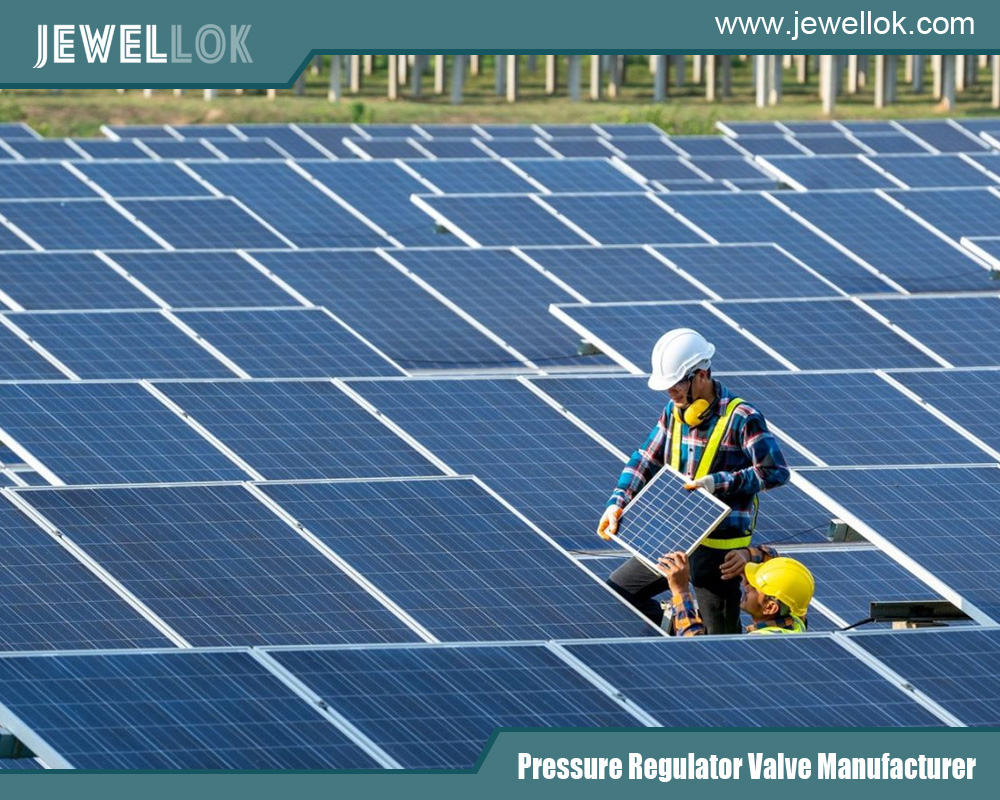
Conclusion
Differences in 1/2-inch gas regulators between residential and commercial use highlight the need for tailored selection. Residential models offer adequate accuracy (±10-20%) and lock-up for simple needs, while commercial demand precision (±5-10%) and advanced safety. By assessing downstream requirements—like BTU for stoves and stability for water heaters—users can choose effectively, enhancing safety and performance. Always prioritize certified products and professional installation to mitigate risks.
For more about what are the differences in performance parameters between 1/2-inch gas regulators used in residential and commercial settings, you can pay a visit to Jewellok at https://www.jewellok.com/ for more info.
Recent Posts
How Does the Two-Stage Nitrogen Regulator Work?
How Does a Single-Stage Oxygen Regulator Work?
What is Exhaust Gas Cleaning System?
How Does A Low-Pressure Back Pressure Regulator Work?
How Does An Oxygen Gas Changeover Manifold Work?
How Does An Argon Gas Changeover Manifold Work?
How Does A Helium Gas Changeover Manifold Work?
How Does A Carbon Dioxide Gas Changeover Manifold Work?
How Does A Nitrogen Gas Changeover Manifold Work?
Tags
Recommended Products
-
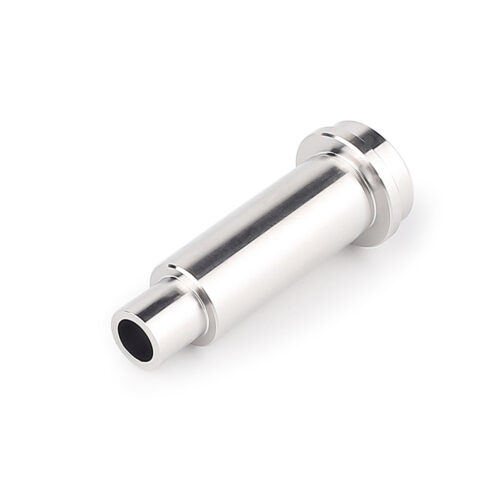
UHP Metal Gasket Face Seal Fittings Vacuum Coupling Metal Face Seal Join Long Gland And Short Gland
-
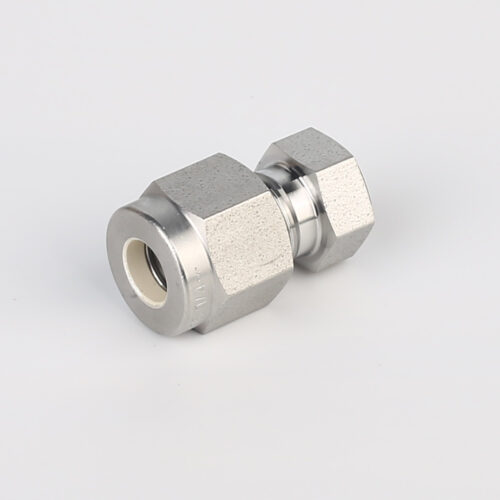
7108L Cylinder Cap Connectors For Ultra High Purity Gases
-
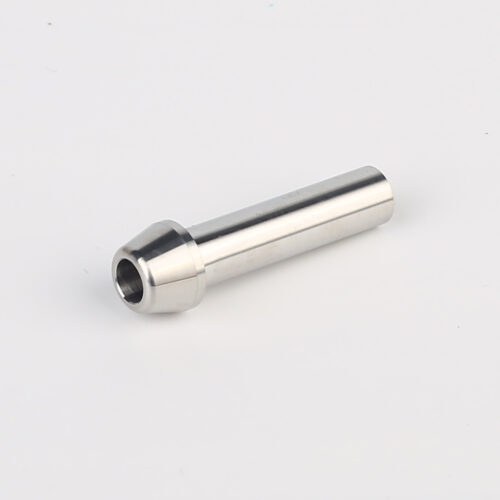
767LP Port Connector Ultra High Purity VCR Metal Gasket Face Seal Tube Fittings
-
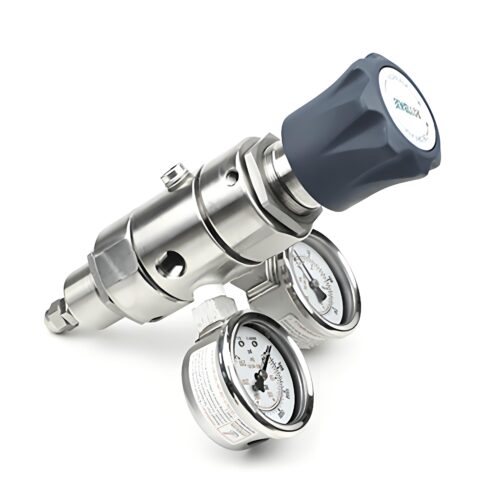
DPR1 Ultra High Purity Two Stage Dual Stage Pressure Reducing Regulator Semiconductor Grade Regulators
-
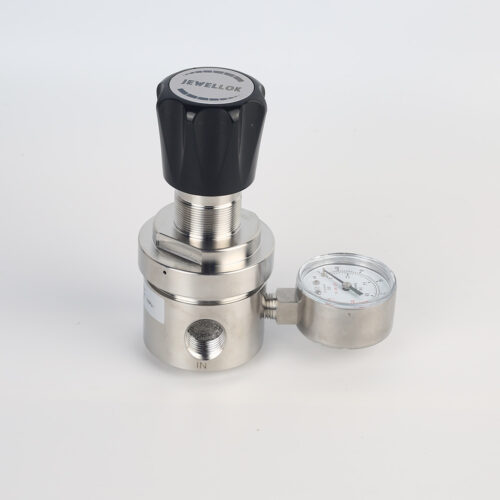
Line And Panel Mounting Adjustable Low Pressure Propane And Nitrogen Pressure Regulator JSR-3L & JSR-3LP Series
-
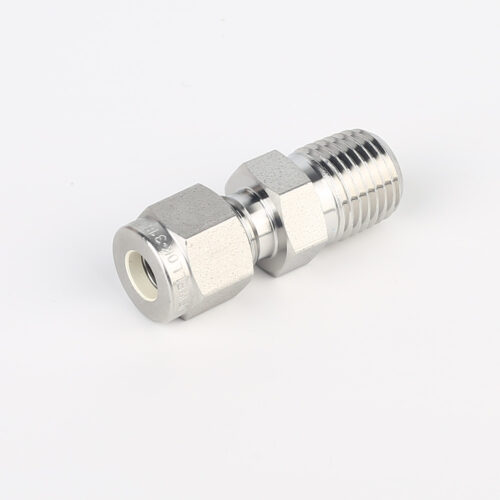
768L Stainless Steel Male Tube Butt Weld Connector | Clean Weld Fittings And Ultra-High Purity Fittings
-
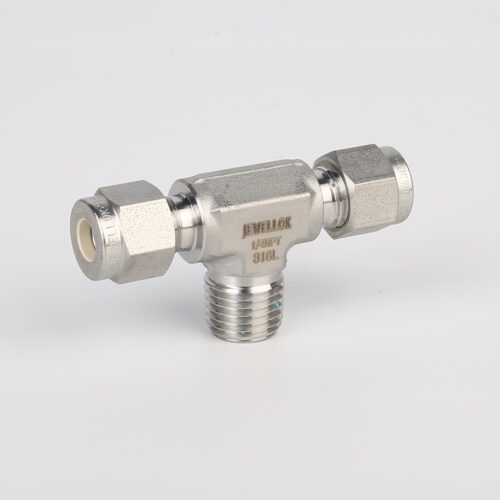
772L Male Branch Tee | Stainless Steel High-Purity Tube Fitting Male Branch Tee
-
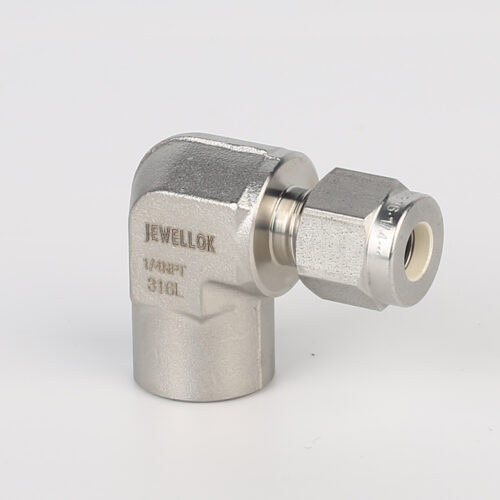
770L Female Elbow | Stainless Steel High Purity Weld Fittings Female Micro Elbow Fittings